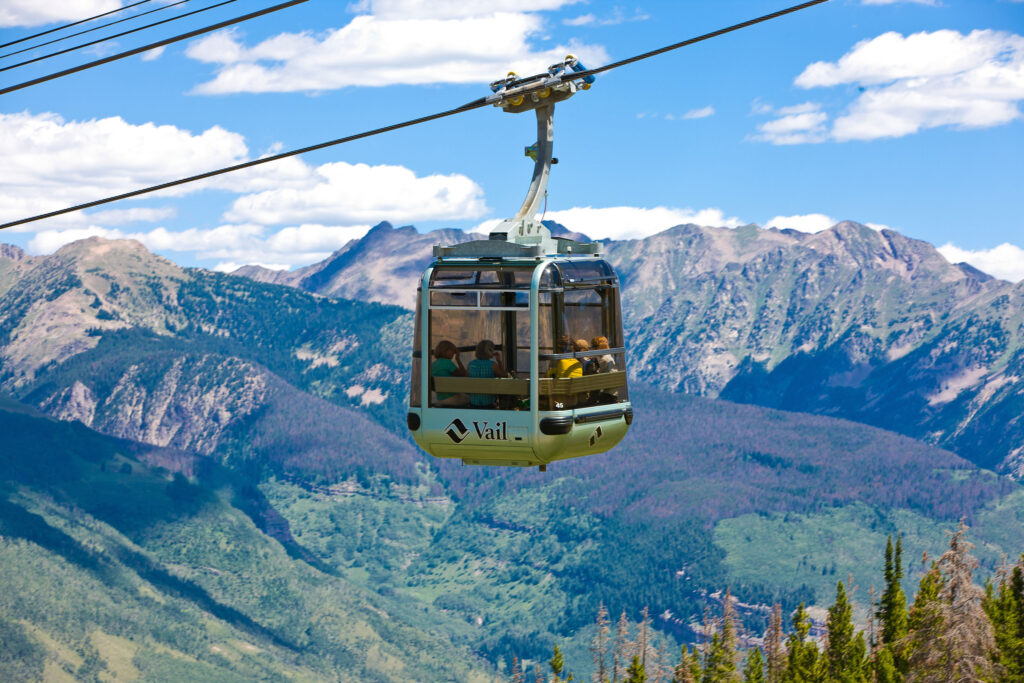Antlers at Vail offers a delightful selection of condos and is your mountain home in the heart of Lionshead Village. Guests love the crisp mountain air, the breathtaking views, and the endless adventure right outside our doors. One thing that might take some visitors to get accustomed to is the altitude of the Vail, Colorado area. With a few simple steps from this guide below, you’ll feel great and ready to make the most of your mountain getaway!
What Is the Altitude of Vail, Colorado?
Vail, Colorado, sits at an impressive altitude of about 8,120 feet (2,484 meters) above sea level in the heart of the Rocky Mountains. The town rests at the base of Vail Mountain, which rises to 11,570 feet, surrounded by three beautiful wilderness areas:

Photo courtesy VLMD/ Jack Affleck.
Several majestic mountain ranges surround Vail, Colorado, such as:
- Reaching 11,570 feet, Vail Mountain is the centerpiece of the world-renowned Vail Ski Resort. Visitors enjoy stunning views along with seven Legendary Back Bowls, and gondola rides to high-alpine trails.
- The Gore Range is known for its jagged peaks and beautiful alpine lakes like Booth Lake, Gore Lake, and Lost Lake. Mount Powell, the highest summit at an altitude of 13,586 feet, provides stunning views of Vail Valley.
- Southwest of Vail lies the Sawatch Range, home to some of the tallest peaks in Colorado, including Mount Elbert at a massive altitude of 14,433 feet and Mount of the Holy Cross at 14,005 feet.
3 Tips for Adjusting to the Altitude of Vail, Colorado
1. Take It Slow on Arrival
To help your body adjust to the altitude, start your trip by relaxing in your pet-friendly lodging booked with Antlers at Vail. Avoid strenuous activities on your first day and focus on resting and hydrating. This way, you’ll enjoy your adventures even more in the days ahead.
2. Hydrate, Hydrate, Hydrate
Water is your best friend when handling the altitude of Vail, Colorado. High altitude can increase dehydration, even if you don’t feel thirsty. Drink water frequently throughout the day and limit or balance out caffeine or alcoholic beverages with extra fluids.
3. Know the Signs of Altitude Sickness
Most visitors adjust to the Vail altitude within a day or two, but it helps to be aware of common symptoms like mild headaches or fatigue. If you or your travel companion starts exhibiting severe symptoms of altitude sickness, like shortness of breath while resting, slurred speech, confusion, and chest tightness, then it’s important to seek immediate medical attention.
At Antlers at Vail, we want every guest to feel at home in the mountains. Book your stay today!

